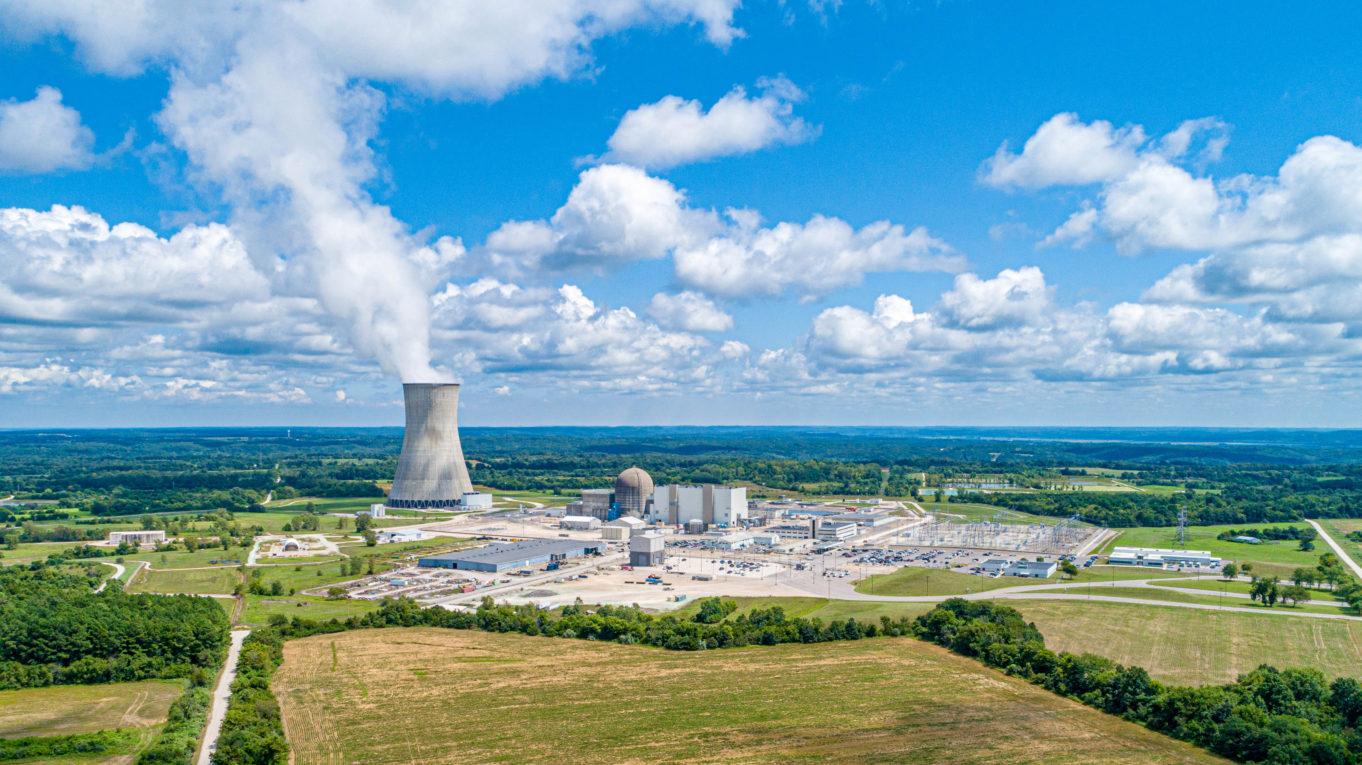FOR IMMEDIATE RELEASE
October 22, 2015
An analysis released today shows that New York can meet its climate goals if the FitzPatrick nuclear reactor shuts down. In fact, for the cost the electricity consumers pay today, the plant’s entire output could be replaced with energy efficiency retrofits and wind power for less money, leaving extra funds free to lower electricity rates or develop even more renewables to replace fossil fuels.
- The key findings of the White Paper, co-written by Alliance for a Green Economy and the Nuclear Information and Resources Service, include:
- FitzPatrick’s full electricity generation could be replaced with energy efficiency and wind at less than the current cost of electricity from the nuclear plant.
- Diverting all of FitzPatrick’s revenue to clean energy could result in additional reductions in greenhouse gas emissions, equivalent to a 264 MW coal plant or 330 MW combined cycle natural gas plant.
- Replacing FitzPatrick with efficiency and wind could create more than twice the number of jobs currently provided by Entergy at FitzPatrick.
- Municipalities and workers affected by FitzPatrick’s closure could be supported through the economic transition for a lower cost than subsidizing FitzPatrick, if the state proactively negotiates with Entergy for a responsible and immediate decommissioning.
The White Paper released today can be found online here.
Jessica Azulay, Program Director of Alliance for a Green Economy, made the following statement in connection with the report: “This analysis incorporates a vision supported by hundreds of New Yorkers in the region who want to see a transition away from dangerous and dirty nuclear power at the same time that the state is transitioning away from fossil fuels. There is a lot of doomsday talk about the potential closure of FitzPatrick from local officials, and we are sympathetic to their concerns over job and tax losses. But when the proposed solution to Entergy’s unprofitability is a massive consumer subsidy, we must ask whether there are better options for the environment and for the region. Our analysis shows clearly that the true costs of a subsidy for FitzPatrick would be increased electricity prices, lost job potential, lost renewable energy development, and ongoing risk of a catastrophic accident that could make much of New York State uninhabitable, as happened at Fukushima, Japan.”
Tim Judson, Executive Director of the Nuclear Information and Resource Service, made the following statement: “Aging reactors like FitzPatrick are becoming uneconomical and uncompetitive, even as they are becoming less safe and reliable. Raising costs on electricity customers to keep FitzPatrick from closing would be enormously expensive and could cause negative economic impacts throughout the region. Our analysis shows FitzPatrick can be replaced with renewable energy and efficiency, at a lower cost than current electricity prices, without subsidies. And it doesn’t need to stop there. More fossil fuel and nuclear power plants could be replaced the same way. New York has an enormous opportunity to become a leader in the clean energy economy, build new industries, and create employment both in Oswego and throughout the upstate region.”
Entergy has said it intends to make a decision on the future of FitzPatrick by the end of 2015, maybe as early as the end of this month. Earlier this month, Entergy made a similar decision in Massachusetts to close its Pilgrim reactor, which the Nuclear Regulatory Commission had downgraded to one of the worst performing reactors in the country.
Local elected officials and supporters of FitzPatrick have been rallying to try to save FitzPatrick. In letters to the Governor and to the Public Service Commission, they are calling for a subsidy like the one proposed for the Ginna reactor in neighboring Wayne County (which is currently estimated at about $70 million a year), or a change to market rules to favor nuclear power over other energy sources. Either way, consumers would likely foot the bill if the state were to decide to subsidize the reactor. AGREE and NIRS conservatively predict that subsidy could cost National Grid customers at least $40 million a year, totaling at least $760 million if FitzPatrick operated that way until 2034, when its operating license expires.
Nuclear power never fulfilled 1950s-era promise of being “too cheap to meter” due to massive construction costs. In recent years, old reactors like FitzPatrick have again become one of the nation’s most expensive energy sources. The rising costs of aging reactors coupled with stiff competition from energy efficiency, wind and natural gas, plants like FitzPatrick have found it increasingly difficult to turn a profit. This is a situation that is unlikely to change in the near term, particularly with the growth of solar energy, the ongoing decrease in the cost of wind, and New York State’s pursuit of demand response, energy storage and distributed energy resources through the Reforming the Energy Vision (REV) process.
A petition to shut FitzPatrick, pursue renewables, and provide for a just transition for workers and local communities was launched by AGREE last Tuesday. So far, more than 600 people have signed the petition, which is being sent to Governor Cuomo, as well as CNY’s congressional delegation. The petition can be found at www.beyondFitzPatrick.org
Contact: Jessica Azulay, Alliance for a Green Economy
(315) 480-1515, jessica@allianceforagreeneconomy.org
Tim Judson, Nuclear Information & Resource Service
(212) 729-1169, timj@nirs.org

